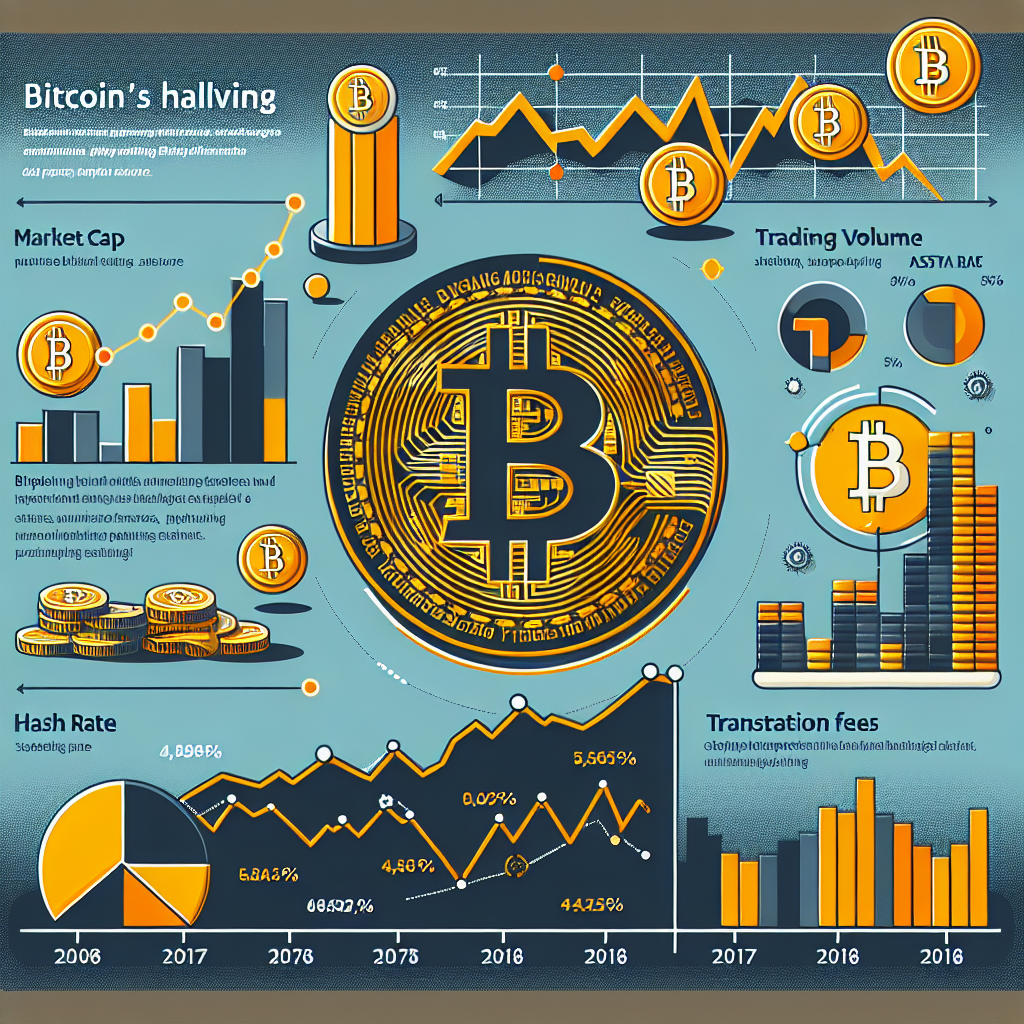Analyzing the Impact of Bitcoin’s Halving on Market Trends
Bitcoin post-halving analytics
Analyzing the Impact of Bitcoin’s Halving on Market Trends
Bitcoin, the world’s most popular cryptocurrency, has recently undergone a significant event known as the halving. This event, which occurs approximately every four years, has a profound impact on the Bitcoin market and its overall dynamics. In this article, we will delve into the post-halving analytics of Bitcoin and explore the various trends that have emerged in the market.
To understand the impact of the halving, it is crucial to first grasp the concept itself. The halving refers to the reduction in the rate at which new Bitcoins are created and awarded to miners. This reduction occurs every 210,000 blocks, or roughly every four years. The purpose of this mechanism is to control the inflation of Bitcoin and ensure its scarcity, making it a valuable asset.
One of the most notable trends observed after the halving is the increase in Bitcoin’s price. Historically, each halving event has been followed by a significant surge in the price of Bitcoin. This can be attributed to the reduced supply of new Bitcoins entering the market, coupled with the increasing demand from investors and traders. As a result, the price of Bitcoin tends to experience a bullish trend in the months following the halving.
Another trend that emerges post-halving is the increased interest and participation from institutional investors. The halving event serves as a catalyst for institutional adoption, as it highlights the scarcity and potential value of Bitcoin. Institutions, such as hedge funds and asset management firms, recognize the long-term potential of Bitcoin and view it as a viable investment option. This influx of institutional capital further fuels the upward momentum of Bitcoin’s price.
In addition to the price surge and institutional interest, the halving also has implications for Bitcoin miners. With the reduction in block rewards, miners face a decrease in their revenue. This prompts them to reassess their mining strategies and operational costs. Some miners may choose to exit the market altogether, while others may opt for more efficient mining equipment to maintain profitability. This adjustment in the mining landscape has a direct impact on the overall network hash rate and mining difficulty.
Furthermore, the halving event also affects the sentiment and behavior of retail investors. Many retail investors view the halving as a significant event that signals a new phase in Bitcoin’s market cycle. This perception often leads to increased buying activity as retail investors seek to capitalize on the potential price appreciation. However, it is important to note that the post-halving period can also be accompanied by increased volatility, as market participants adjust their positions and react to the changing dynamics.
Analyzing the post-halving analytics of Bitcoin provides valuable insights into the market trends and dynamics. It highlights the cyclical nature of Bitcoin’s price movements and the impact of supply and demand dynamics. The halving event serves as a fundamental driver of Bitcoin’s market cycle, influencing the behavior of various market participants, from institutional investors to retail traders.
In conclusion, the halving event has a profound impact on Bitcoin’s market trends. It triggers a surge in price, attracts institutional investors, prompts adjustments in mining strategies, and influences the sentiment of retail investors. Understanding these post-halving analytics is crucial for investors and traders looking to navigate the Bitcoin market and capitalize on its potential opportunities.




